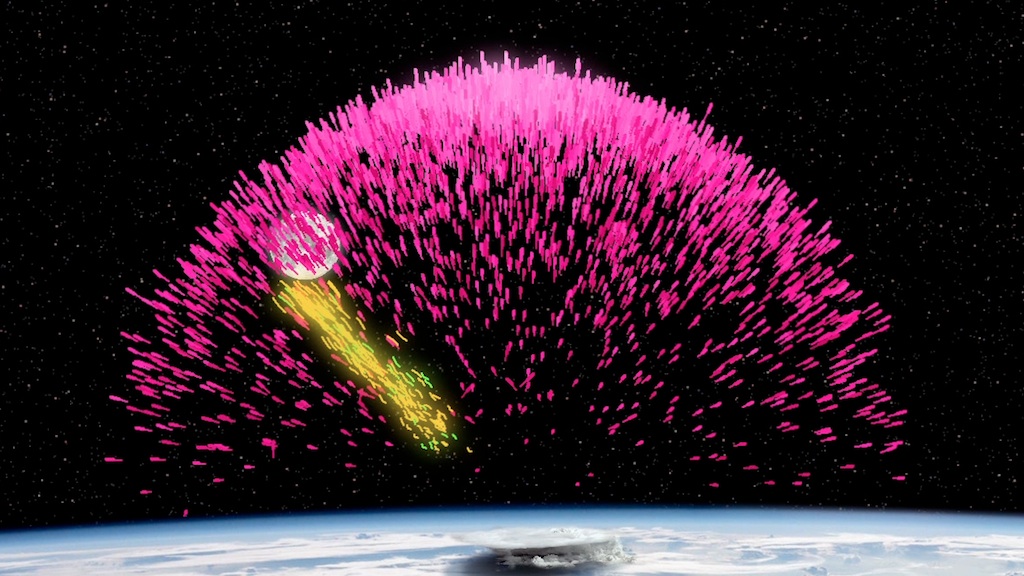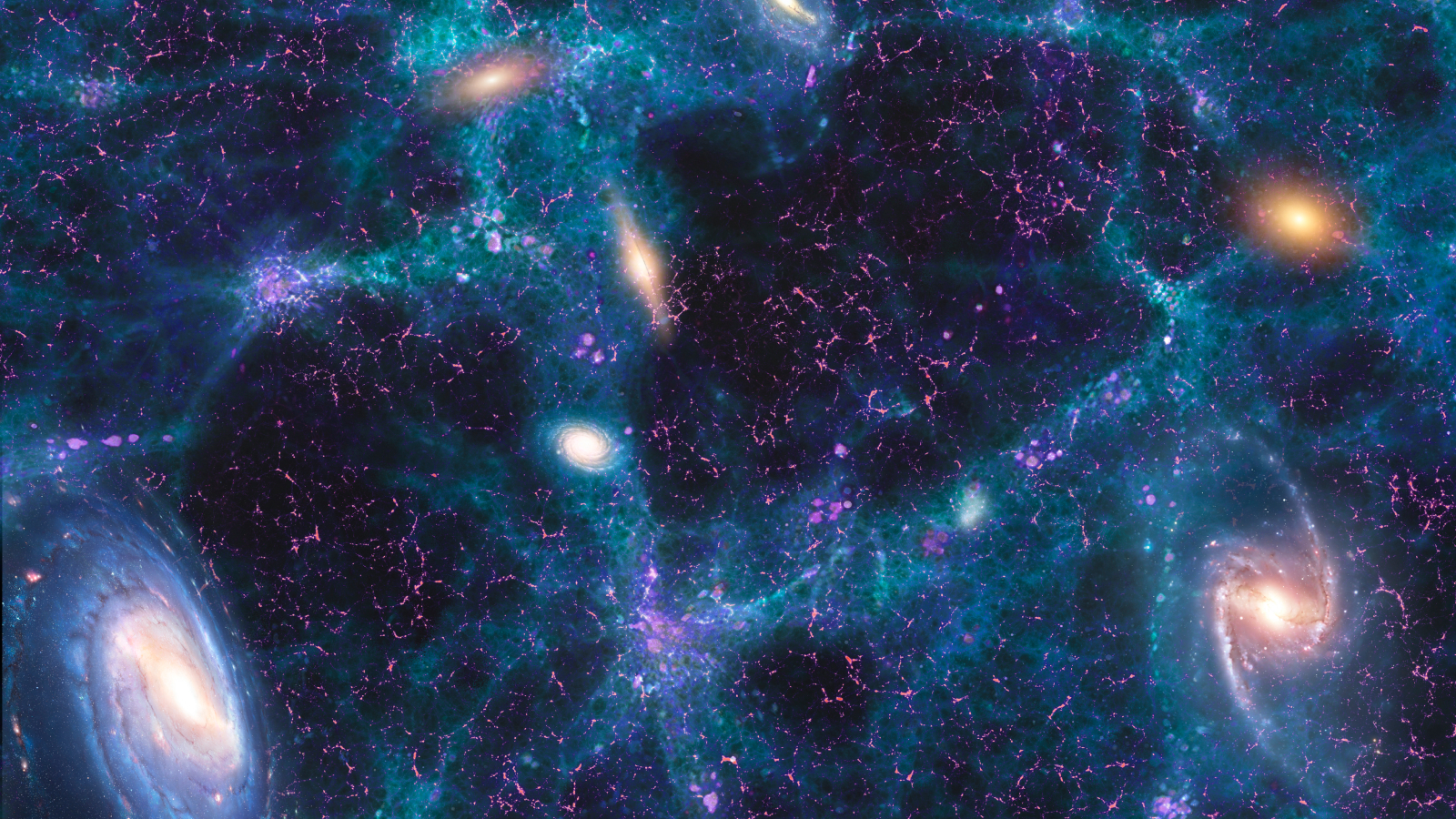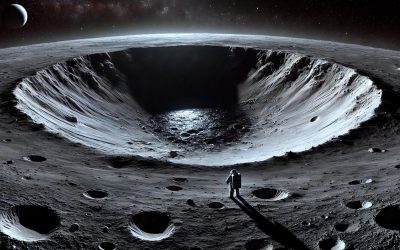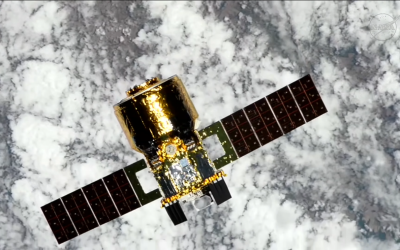The universe’s existence poses one of science’s most enduring mysteries: what is the fundamental reason for reality’s presence, rather than its complete absence?
Scientists attribute the universe’s very existence to a fundamental cosmic asymmetry. Research indicates that the universe began with a subtle imbalance between matter and antimatter. While particles of matter—the electrons, protons, and neutrons found in all ordinary atoms and molecules—share many characteristics with their antimatter counterparts, they are crucially differentiated by carrying an opposite electric charge.
Matter and antimatter are fundamentally incompatible entities. When their respective particles collide, they undergo a violent mutual annihilation, unleashing an intense burst of gamma-rays. While antimatter played a foundational role in the universe’s initial formation, its profound scarcity in the cosmos today represents one of cosmology’s most enduring and perplexing mysteries.
English physicist Paul Dirac first theorized the existence of antimatter almost a century ago, a groundbreaking concept that emerged from his pioneering work in quantum mechanics. Experimental confirmation of this exotic matter then began in the 1930s. Today, scientists are capable of generating antimatter within powerful particle colliders, including the Large Hadron Collider.
Paul Dirac’s theories posited that matter and antimatter should exist in equal quantities, a principle underscored by Pasquale Di Bari, a professor of physics and astronomy at the University of Southampton. Yet, the universe exhibits a striking imbalance: an overwhelming abundance of matter, constituting all stars and galaxies, with very little antimatter. This observation, despite historical suggestions of “anti-galaxies” or “anti-stars,” represents a major scientific conundrum.
One of the most intriguing and challenging questions in modern physics revolves around the actual existence of quantum universes.
Particle physicists hypothesize that the universe began with an equal 50-50 distribution of matter and antimatter after the Big Bang. Yet, matter quickly achieved dominance. Tara Shears, a particle physicist at the University of Liverpool, explained that this development necessitates a subtle difference, or asymmetry, in the behavior of matter and antimatter, which allowed one to ultimately prevail.
“This disparity is neither predicted nor understood, and certainly remains unexplained,” Shears stated. He emphasized that deciphering this fundamental difference is the crucial challenge, defining it as the matter-antimatter asymmetry problem they seek to resolve.
Physicist Dirac proposed that the terms “matter” and “antimatter” are essentially arbitrary distinctions. In this view, regular particles are labeled “matter” and their counterparts “antiparticles,” but this naming convention could easily have been reversed. Had antimatter not largely self-annihilated in the early universe, it might have formed an entire cosmos of anti-atoms and anti-molecules. Ultimately, the dominant form of fundamental particles was simply designated “matter,” and its opposing type was subsequently named “antimatter.”

Physicists are currently engaged in a rigorous effort to comprehend a profound cosmic enigma: the substantial, unexplained universal imbalance that is believed to have catalyzed the formation of everything in existence. Their investigation synthesizes diverse observational data, including findings from particle colliders, analyses of antimatter decay traces within astronomical spectra, and the study of gravitational waves.
Physicist Di Bari estimates that the early universe, within the initial fractions of a second after the Big Bang, may have originally contained many billions of times more matter and antimatter particles than exist today. The vast majority of these particles subsequently annihilated each other. As Di Bari explained to Live Science, all that remains, including the very fabric of our being, is merely the cosmic residue that survived this cataclysmic event.
Raymond Volkas, a theoretical particle physicist based at the University of Melbourne, referenced Soviet physicist Andrei Sakharov’s 1967 work as providing an early explanation for the asymmetry. Sakharov, a renowned critic of the Soviet system, was subsequently subjected to internal exile for political dissent from 1980 until his release in 1986, preceding his death in 1989.
Physicist Andrei Sakharov theorized that the universe’s inherent matter-antimatter asymmetry stems from their distinct reactions to certain fundamental forces under specific conditions, a phenomenon known as “C and CP violation.”
While the general principles governing “C and CP violation” are known, their intricate specifics remain a significant scientific enigma, physicist Volkas explained to Live Science. He noted that numerous theoretical possibilities are currently being considered, with the paramount challenge for researchers being to devise experiments capable of definitively distinguishing between these competing hypotheses.







